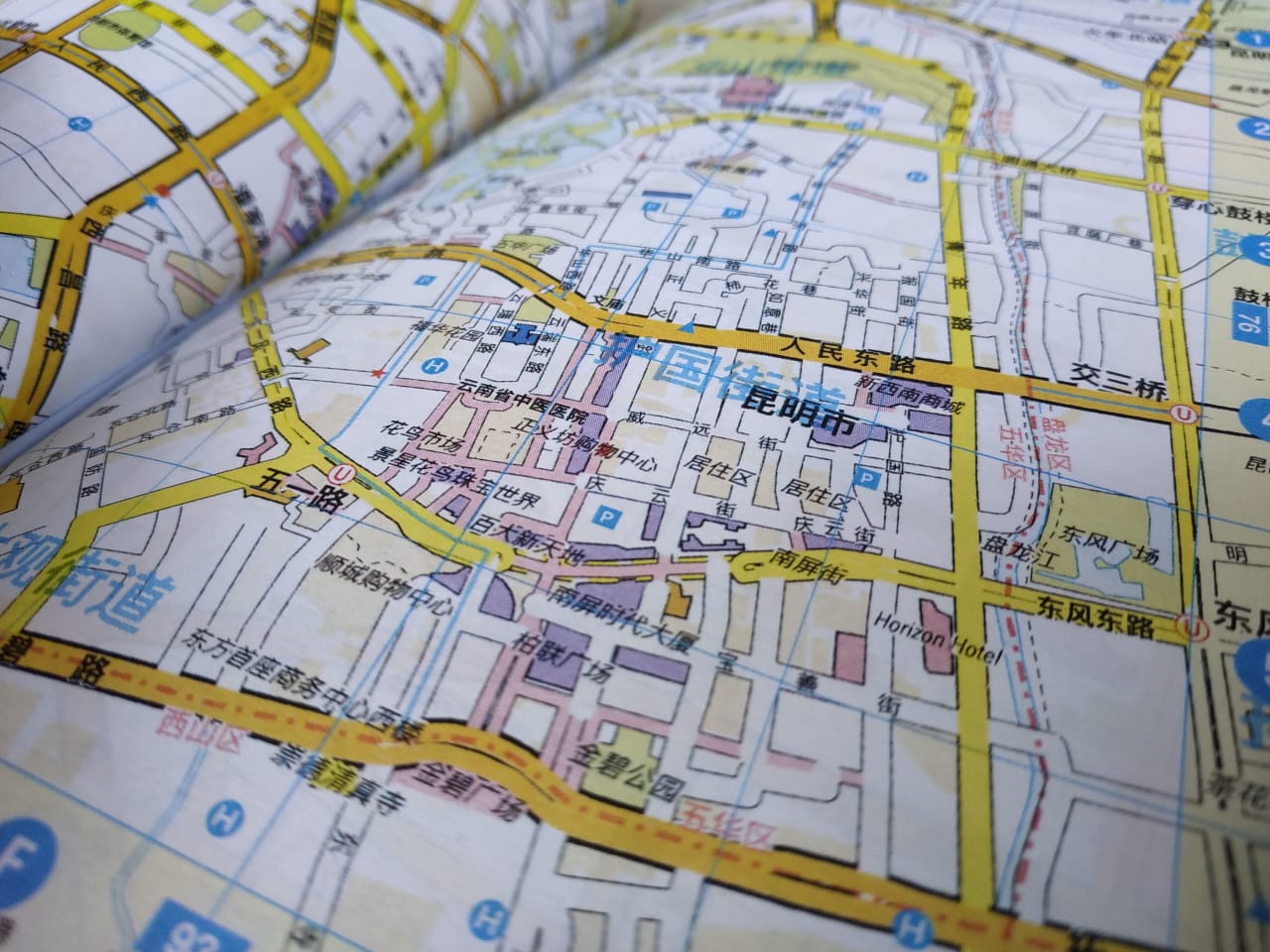a map is a tool for a person who is unfamiliar a place. it is not an unopinionated tool for getting to know the place, but rather one for using the place, towards some particular end. the history of modern cartography is inseparable from the history of imperial expansion, of locating natural resources and the logistics to retrieve them, of national borders made up on drawing boards, with complete disregard for the reality of the places ‘on the ground’.
the city map – or street atlas – is a curious, civic variation of the same idea. it is an explorer’s map for the lone citizen traversing the ‘urban jungle’, the little man’s guide to a land foreign and unknown to him.
if you prefer to use a map over relying on local, social knowledge – as simple as asking some local for the way – this tells us two things about you and your relation to the place: firstly, that on some level you distrust the locals’ capacity to provide useful information. this is either because you are distrustful of the locals as a whole, distrustful of their intentions in sharing information, or it could simply be because you assume that the locals have no understanding of their home with regard to the particular purpose which you are here for. but secondly, it also means that you trust that the place is safe to traverse as a lone, foreign, anonymous individual. that there is rule of law (not of the locals), with the civilian map a written piece of evidence that the state, the institution protects you and your right to be there.
the Z to A is an illicit edition of the A-Z Street Atlas – the British street atlas series which echoes the country’s global tradition of surveying and mapping – applied to my then home city in the People’s Republic of China, a place whose history of civil cartography resembles that of its civil society.



